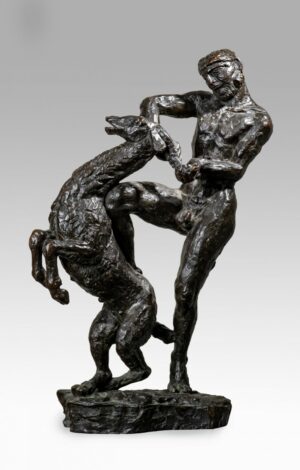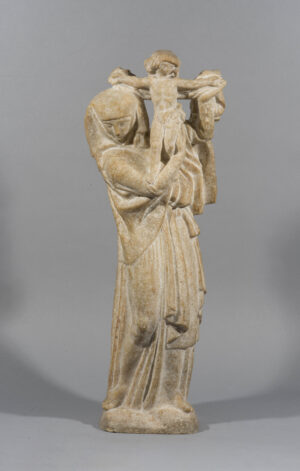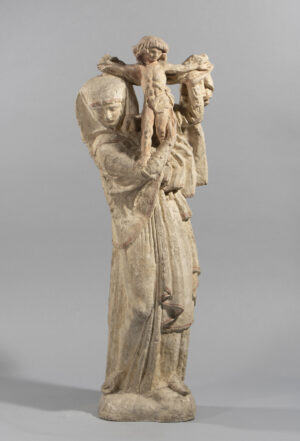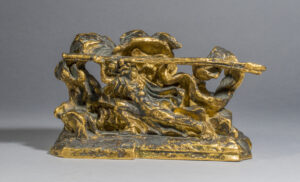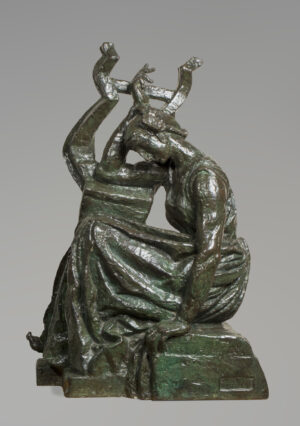Émile-Antoine BOURDELLE
(1861-1929)
Born in Montauban, son of a carpenter/cabinet maker, Emile-Antoine Bourdelle revealed his great drawing talent at an early age, which was strongly encouraged by his school teacher. Noneless he soon left school for his father’s workshop, while attending evening classes for drawing. He also showed a particular interest in modelling. Admitted to the Ecole des Beaux-Arts of Toulouse, he stood out for his rejection of academic teaching. Already pointing out his ambition to break with the established order in sculpture, he still sat for the entrance examination of the Ecole des Beaux-Arts of Paris, came out second and entered Alexander Falguiere’s workshop. Quite determined to practise his art as he saw fit, Bourdelle left him a year later to settle in his own studio. In 1893, he met Rodin who hired him as an assistant. Their collaboration which lasted around fifteen years, developped into a true friendship. In 1901, together with Jules Desbois, the two artists founded a free school for training in sculpture. However Bourdelle, who sought for his own path, moved away from the master’s style, which exacerbated the forms so as to, on the contrary, simplify and even synthetize them. With his ‘Head of Apollo’, he severed all ties with his master and friend. His first personal exhibition took place at the Hébrard gallery. He was then appointed professor at the Académie de la Grande-Chaumière, where Giacometti and Vieira da Silva were among his pupils. Contacted for the realization of public orders, he also created the bas-relief of the Théâtre des Champs-Elysées’s façade as well as its inside frescos. His work acquired a great renown in France as abroad, and his sculptures can be seen in many public places and cultural institutions.

